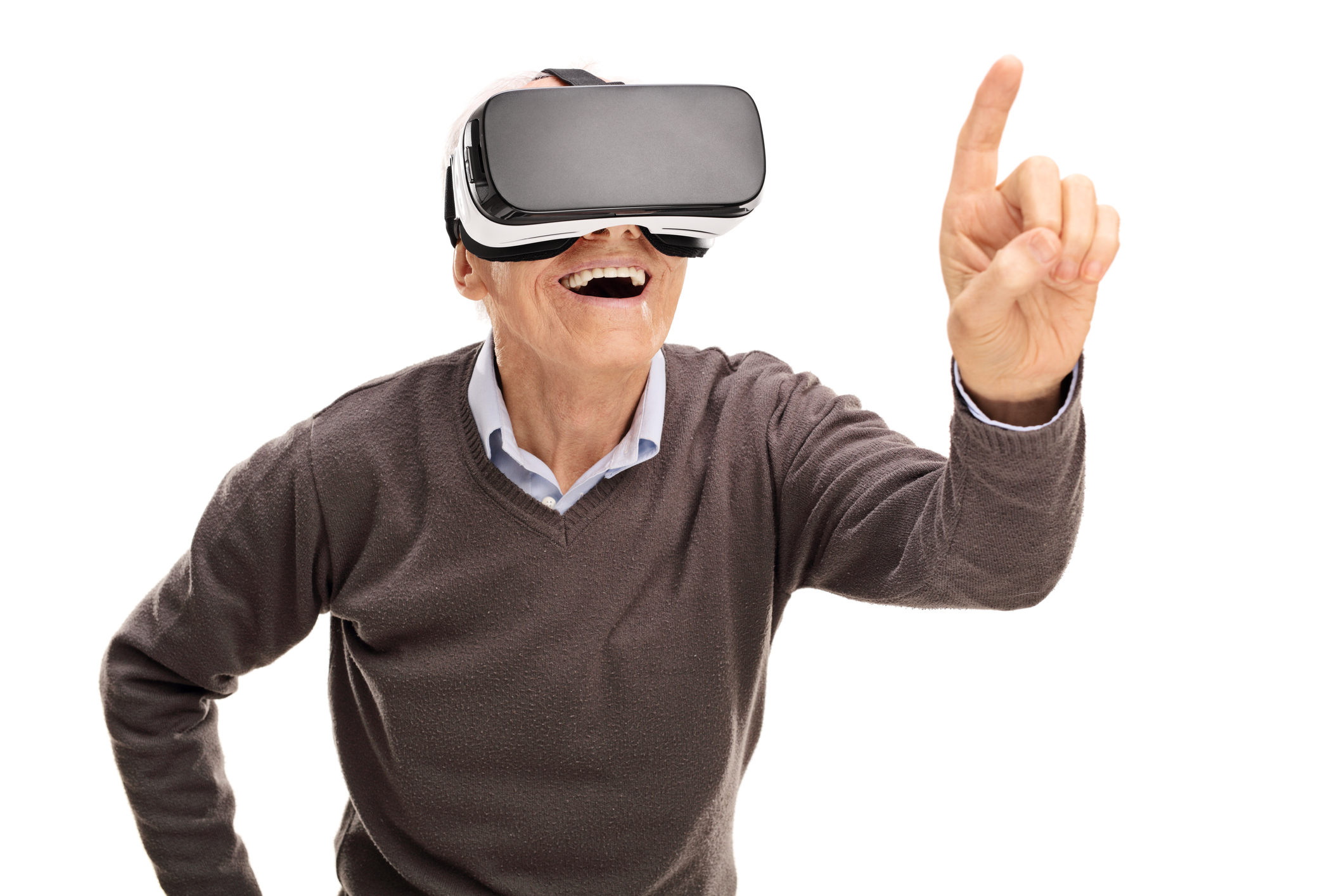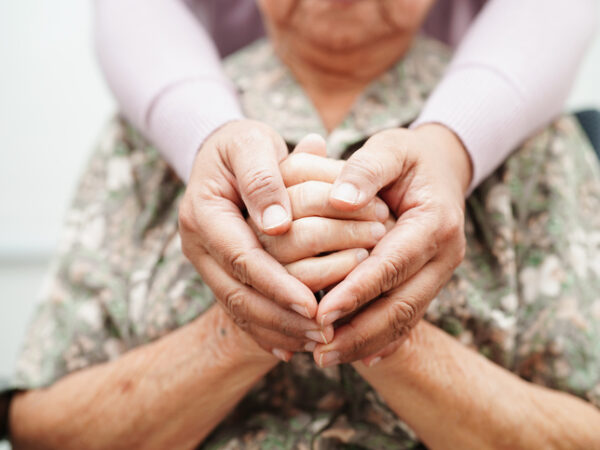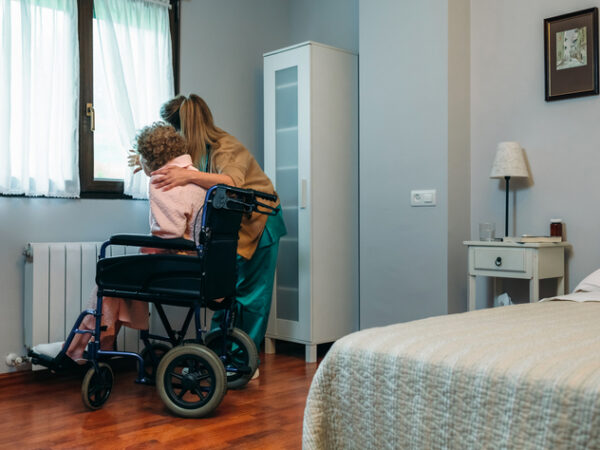Treatment options to prevent disability resulting from stroke have vastly improved in recent years; clot-busting drugs and stents to remove clots before damage to the brain occur can significantly lesson the risk for loss of function if administered quickly. But great strides in recovery are also being made helping patients who have suffered reduced muscle strength on one side of the body, know as “hemiparesis”.
According to a recent study, published in the Journal of NeuroEngineering and Rehabilitation, virtual reality technology can help stroke patients recover use of their affected limbs. By not using weakened or “paretic” limbs, stroke patients risk losing function further. It may initially be easier for stroke survivors to use their healthy limb for daily tasks but over time, “learned non-use” takes its toll resulting in a poorer quality of life and a loss of function.
A small study of 20 hemiparetic stroke patients who used a rehabilitation gaming system as part of their recovery found that patients who used their limb virtually were able to more frequently use it in real life. Researchers linked the success with a greater sense of confidence and belief in ability brought about by performing tasks in the virtual world, controlled by the patients’ own movement through a sensor. Building confidence and reinforcing progress with positive feedback though VR programs may have a significant impact on stroke patient recovery. More study with a larger group is planned.
To learn more about the research visit The Journal of NeuroEngineering and Rehabilitation online by following this link. To learn more about the Rehabilitation Gaming System for brain damage recovery, visit http://www.eodyne.com/en/ .






Add Your Voice
0 Comments
Join the Discussion